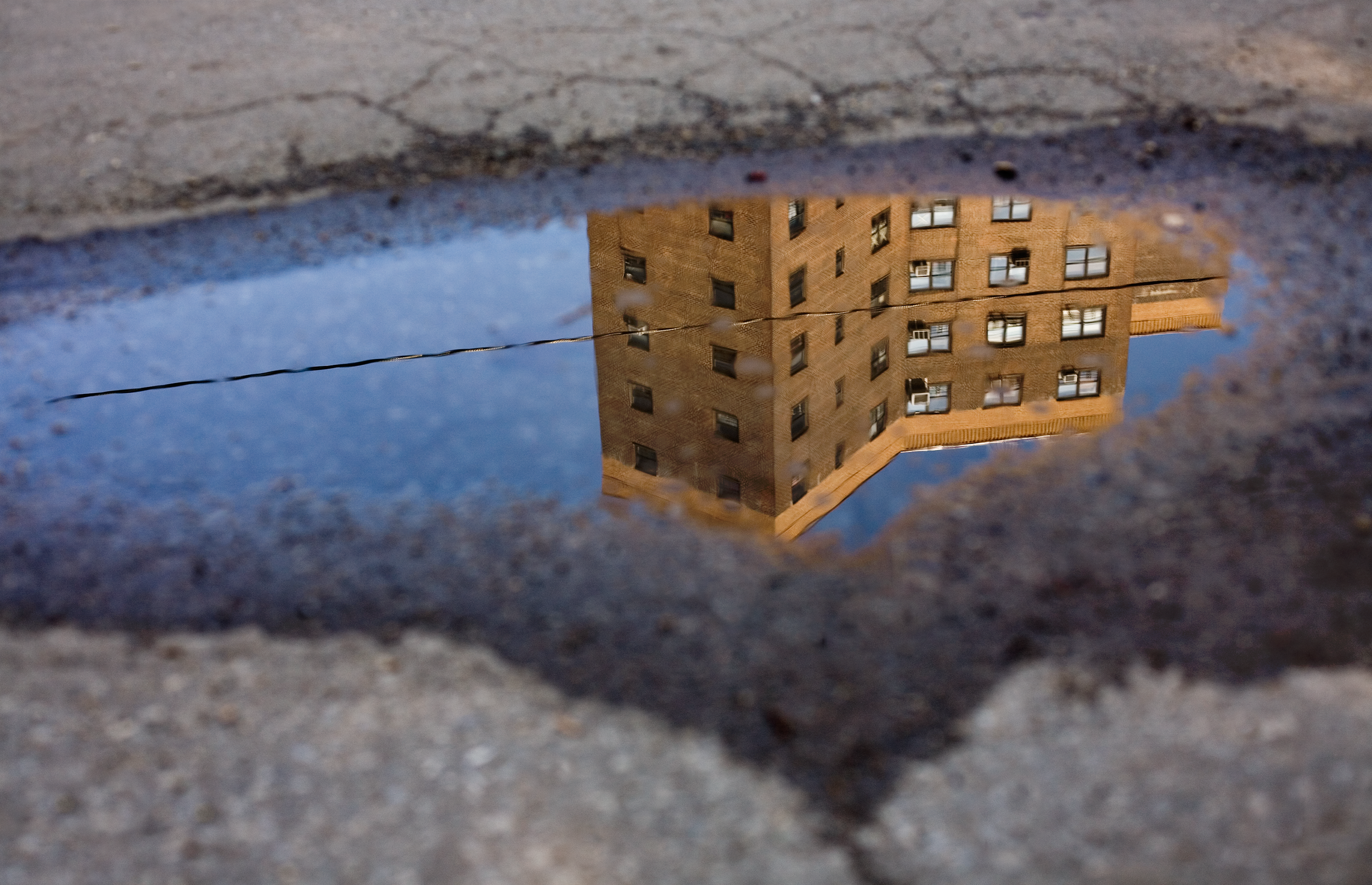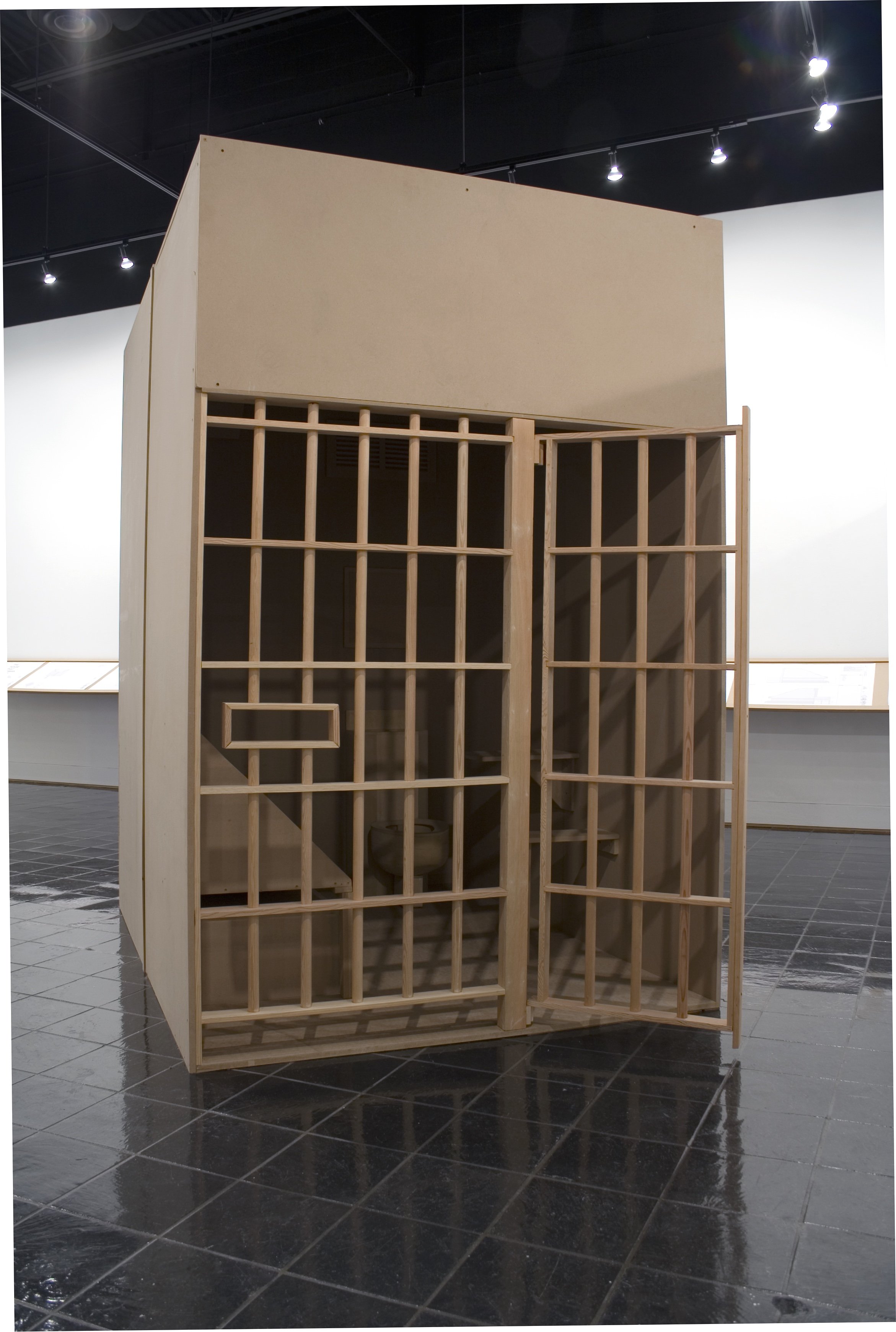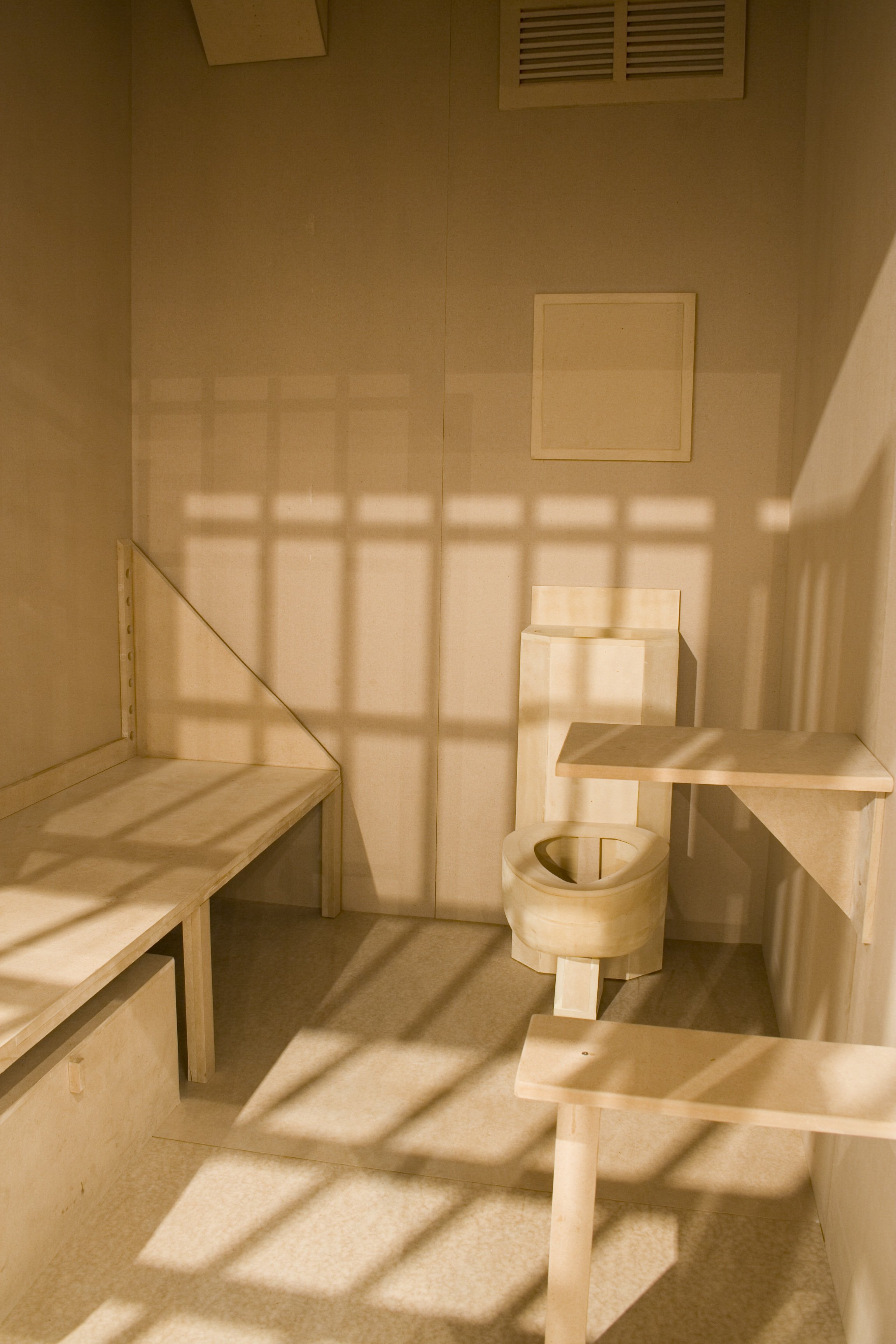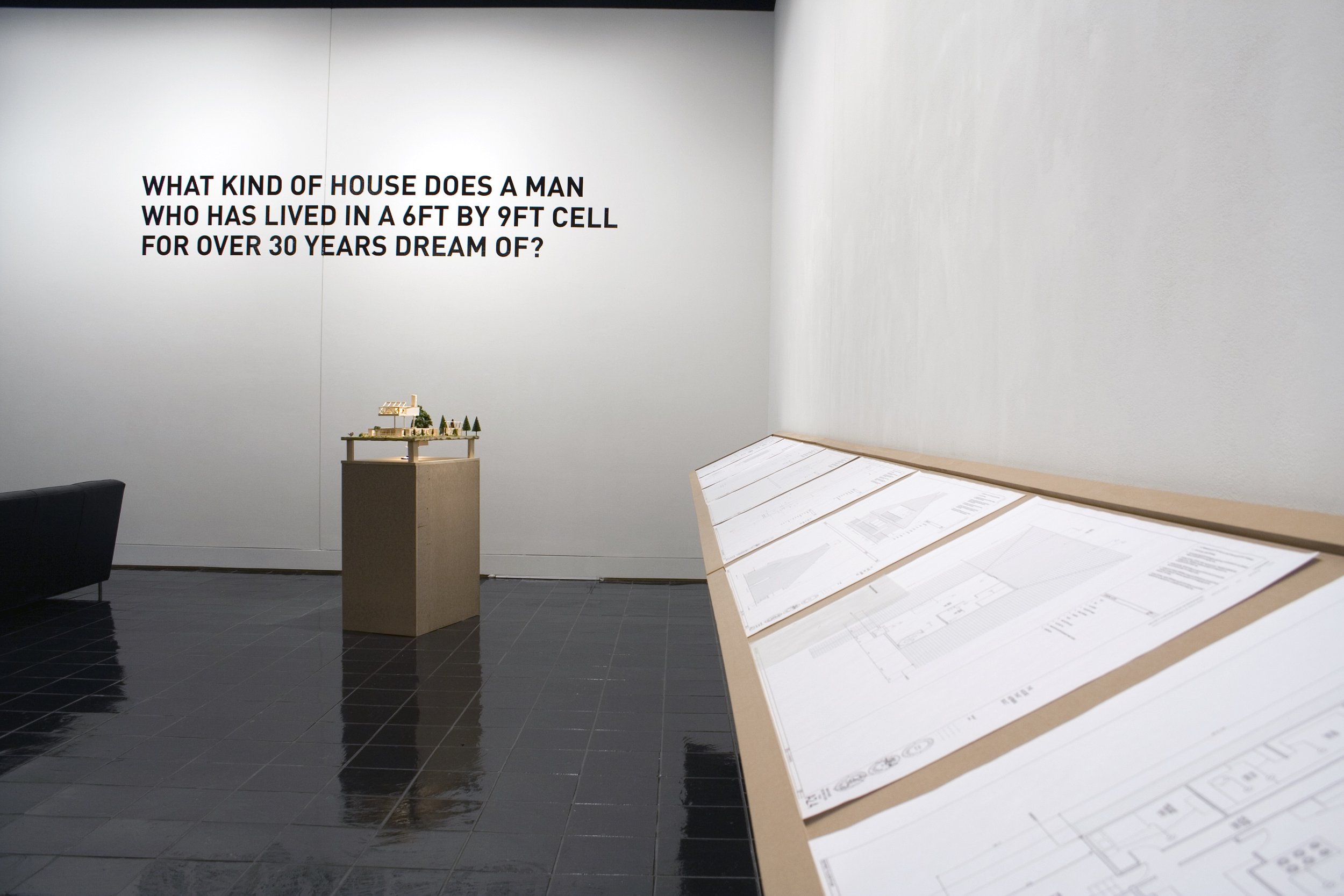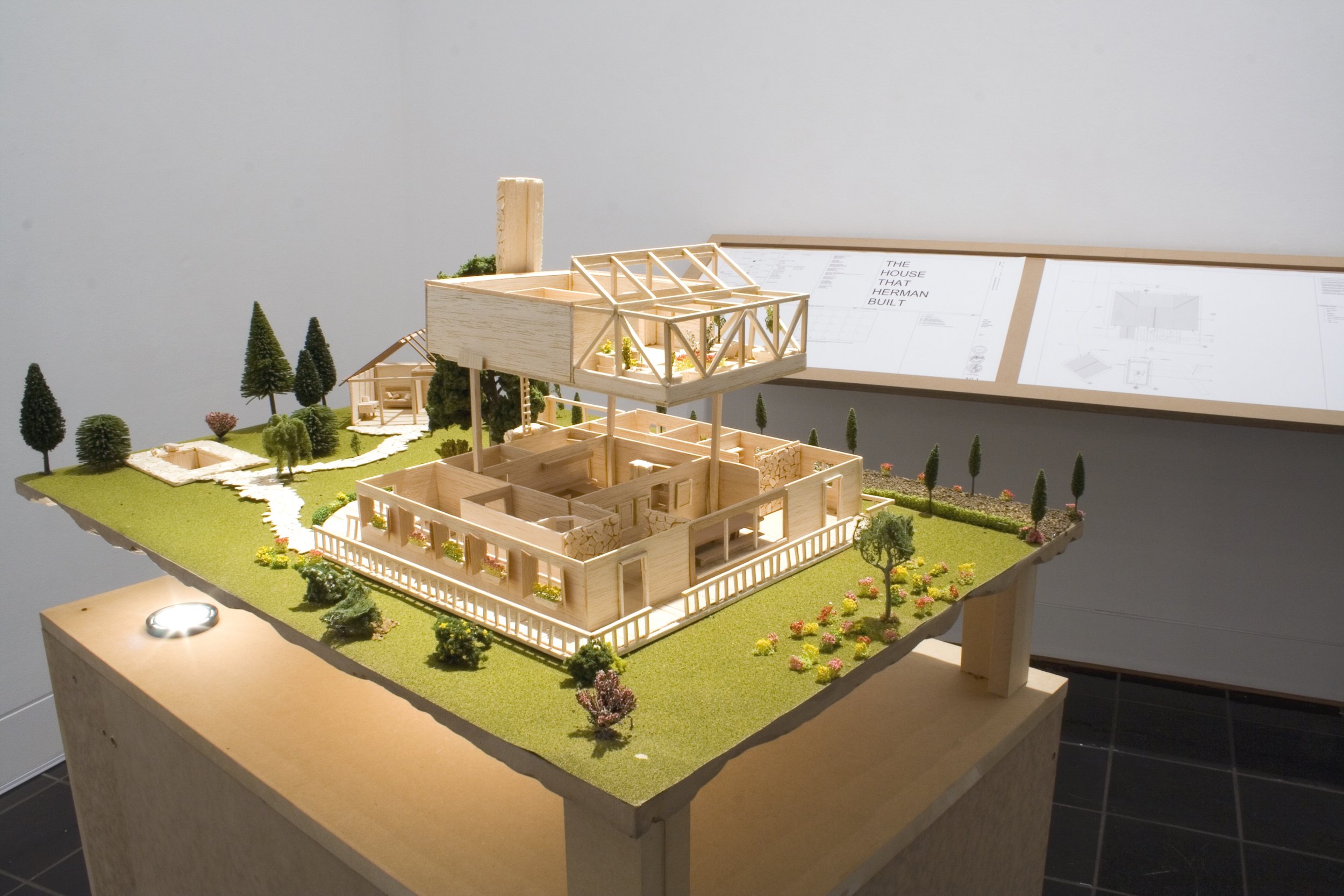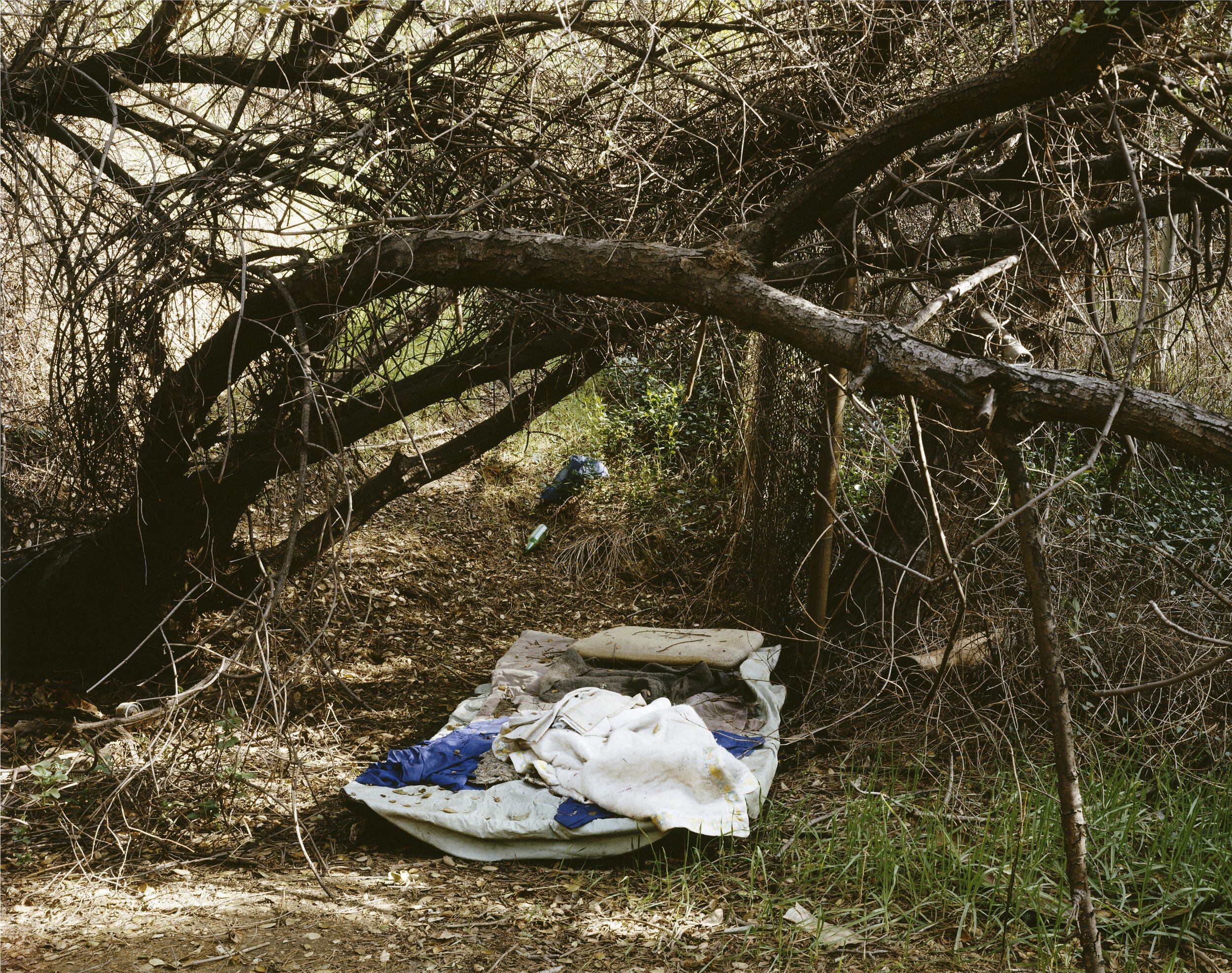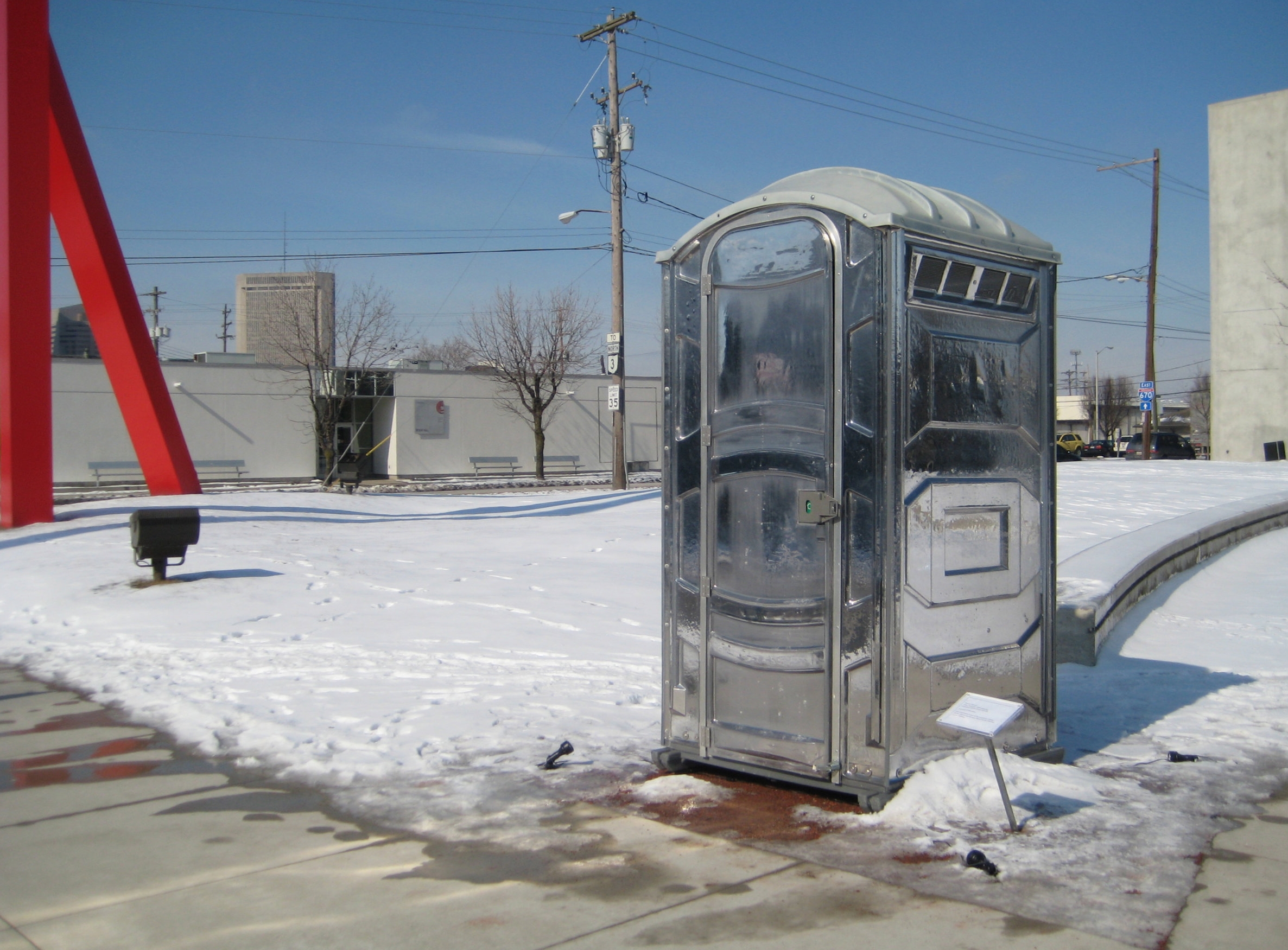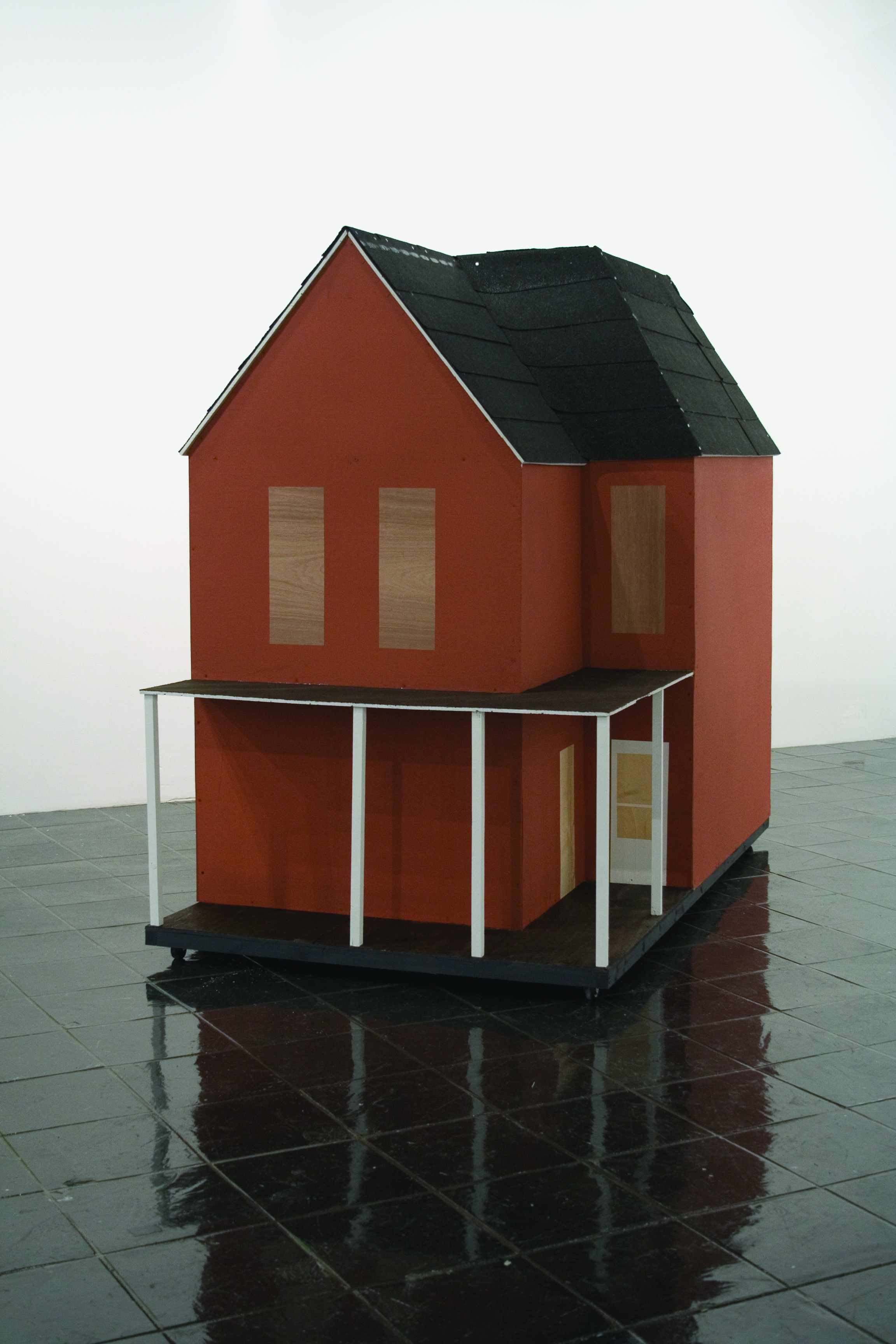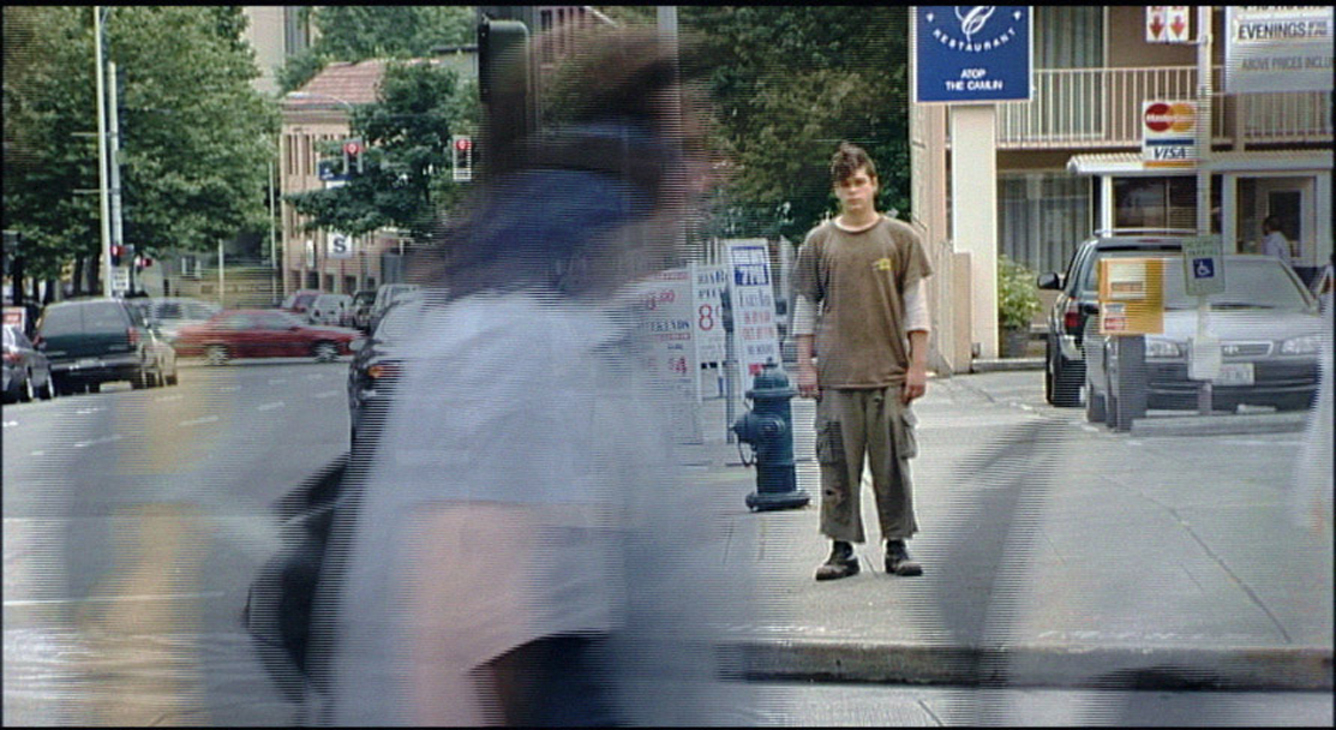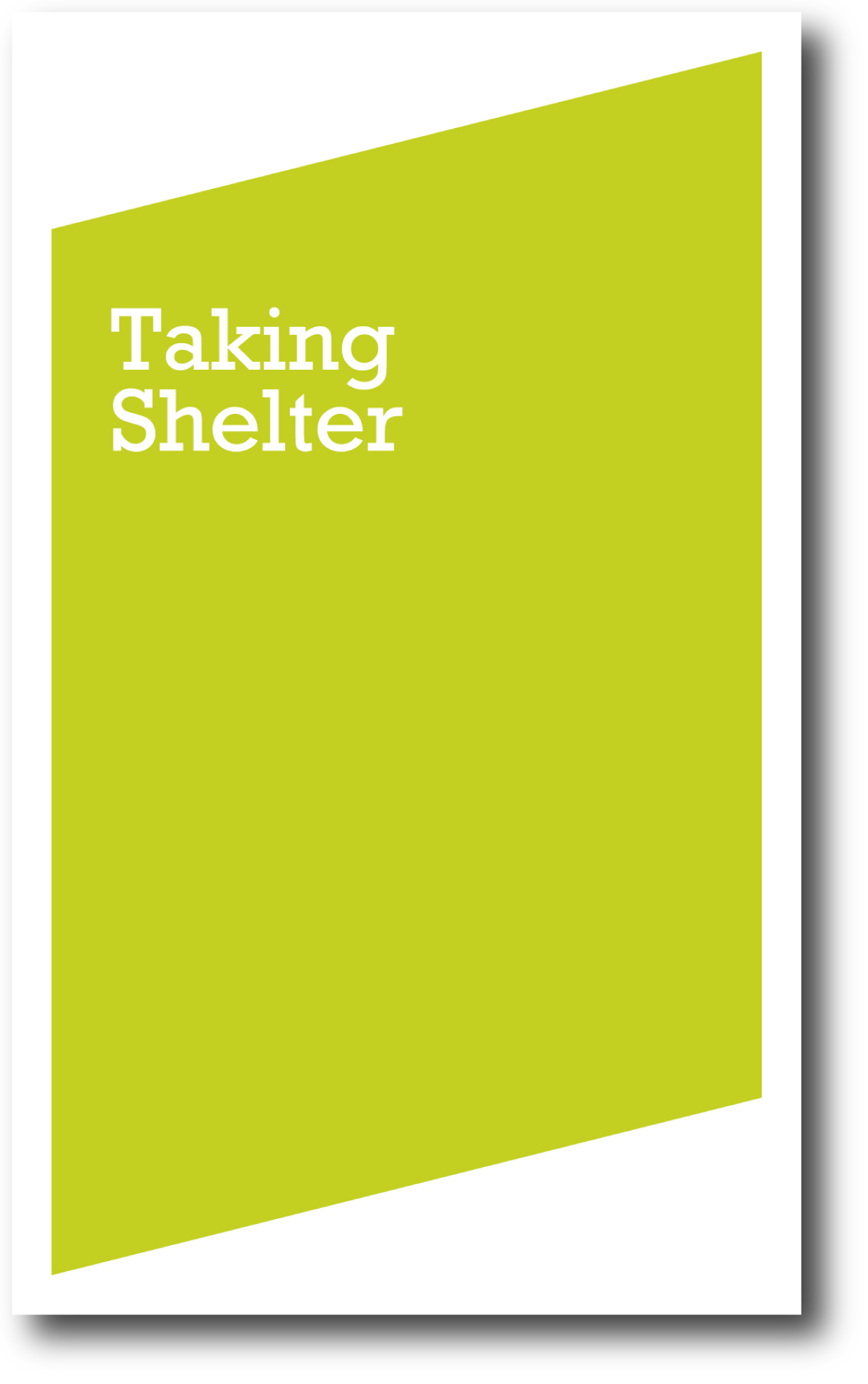Taking Shelter

A group exhibition looking at the innate desire to have a place to call one’s own through a selection of artworks and social interventions.
Curated by James Voorhies
Columbus College of Art & Design, OH
February 13–April 5, 2008
Eric Araujo, Jonathan Calm, Anthony Hernandez, Patrick Killoran, McCallum & Tarry, Jackie Sumell and Herman Wallace
Made possible with funding and staff of Columbus College of Art & Design with grants from Greater Columbus Arts Council and the Ohio Arts Council; realized within my responsibilities as Director of Exhibitions at Columbus College of Art & Design
In today’s super-mediated and increasingly commercialized popular culture, the subject of home is preeminent. The urge to make a place of one’s own is stoked by a bevy of products, magazines, online resources, and services for designing and decorating—domesticating—our lives. Paradoxically, as people nestle into their houses, fabricating identities from the places in which they live, the current economy sours from overextended home mortgages and foreclosures whose financial effects ripple throughout the nation, if not the world. Hurricane Katrina, too, brought the topic of home to the public forefront as an unprecedented number of people were displaced—refuges in their own country—from houses and cities, underscoring what we already know: the need for shelter, and all that word invokes, is inherent to being human. In the wake of Katrina, the evident and swift destruction of so many homes and lives tragically emphasized how one’s stability and safety are intrinsically associated with having a home. Samuel Beckett’s words quoted at the beginning of this catalogue serve as a resonant reminder that “nothingness” can indeed come about—instantaneously.
Eschewing the softer side of home, Taking Shelter included artworks and social interventions that examined the hardships and challenges that inform the natural human desire for a place to call one’s own. The exhibition encouraged consideration of a range of subjects, including how public space becomes private, the absence of proper housing, the identity formed by where one lives, and the feeling of safety embodied in simple walls and a roof. These works demonstrated how community, government, economics, and politics are interwoven with and sometimes inextricably linked to the dreams and expectations of having a personal place where one can take shelter.
Book
...
